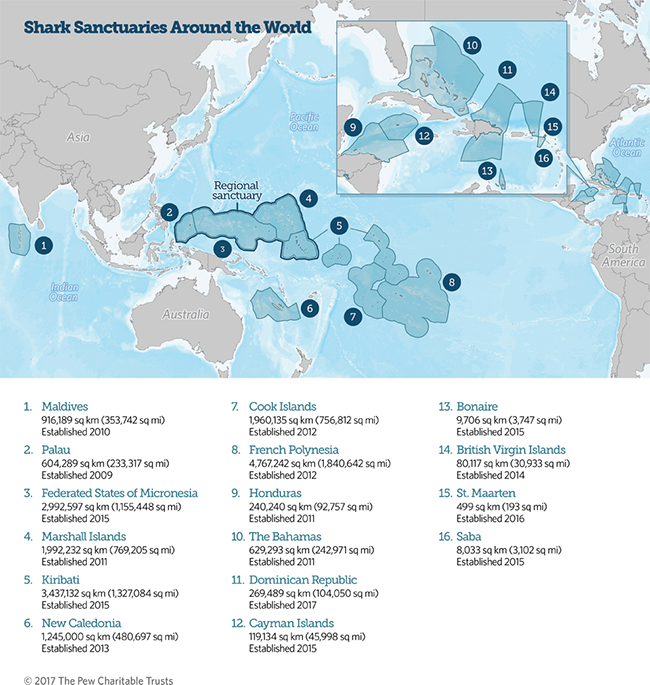Countries Prepare to Apply New CITES Shark and Ray Protections
Dominican Republic hosts regional workshop—and announces a shark sanctuary
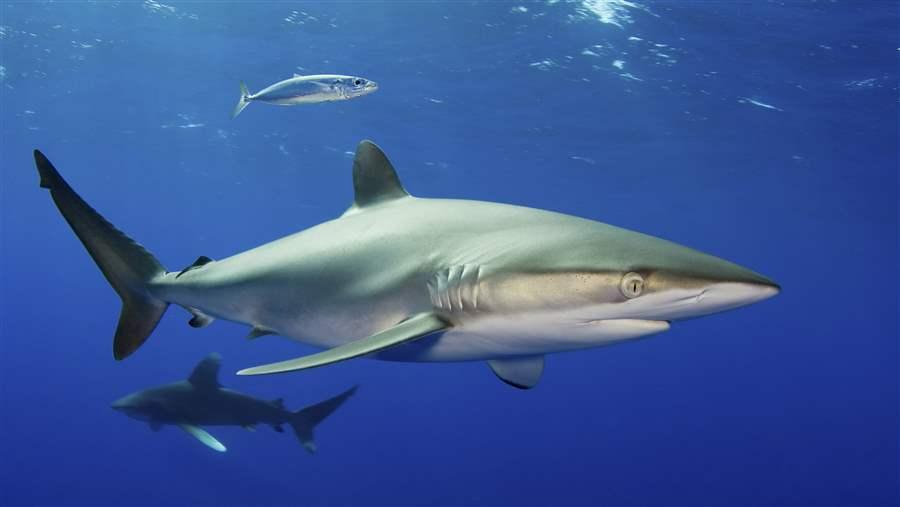
In 2016, silky sharks gained trade protections through the Convention on International Trade in Endangered Species of Wild Fauna and Flora.
© Jim AbernethyIn the latest in a series of global workshops to train fisheries, customs, and environment officials on how to best implement international wildlife trade measures, 31 participants from 16 Latin American and Caribbean countries gathered Nov. 15-16 in Punta Cana, Dominican Republic. Specifically, the delegates were honing best practices for meeting their commitments under the Convention on International Trade in Endangered Species of Wild Fauna and Flora (CITES), an international agreement to help ensure that trade in wild animals and plants does not threaten their survival. The workshop focused on the species most recently listed on Appendix II of the Convention: three species of thresher shark—common, pelagic, and big-eye—and silky shark. Species listed under CITES Appendix II may be traded internationally only if that commerce is not detrimental to their survival. More than two-thirds of the 183 CITES Parties agreed in late 2016 to list the four shark species under Appendix II.
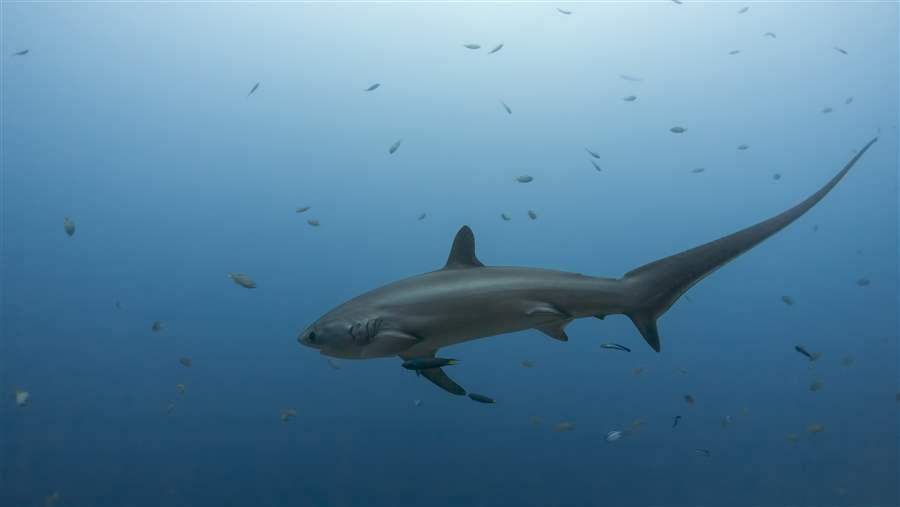
Three species of thresher sharks—pelagic, common, and bigeye—will have the chance to recover depleted populations as countries implement their CITES Appendix II listings.
© ShutterstockIn Punta Cana, government officials received training on shark fin identification and guidance on how to develop assessments, known as non-detriment findings, to ensure that international trade is sustainable.
CITES now regulates nearly 20 percent of the international shark trade. Appendix II listings warrant that any international trade of the listed shark species is legal and sustainable, meaning it’s not detrimental to species populations in the wild. The Pew Charitable Trusts is working with Humane Society International, the Dominican Republic government, and others around the world to help spark discussions among CITES authorities, shark experts, and conservation groups, and help governments build the capacity to effectively enforce the CITES shark listings.
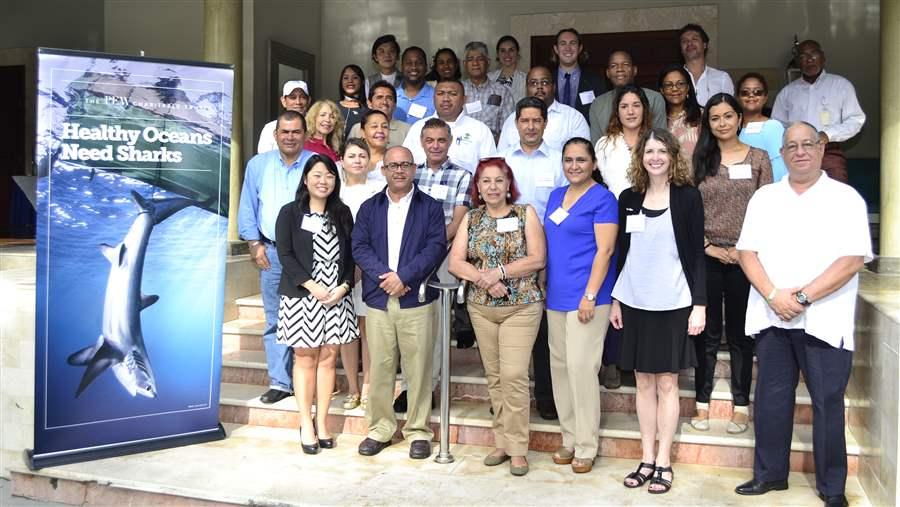
Participants from 16 countries gathered in the Dominican Republic for a capacity building workshop focused on CITES listings enforcement.
© The Pew Charitable TrustsThe host country also used the workshop to break shark conservation news, with Jose M. Mateo Feliz, director of biodiversity for the Dominican Republic Ministry of Environment and Natural Resources, announcing a ban on commercial fishing for all shark and ray species within the country’s 269,489-square-kilometer (104,050-square-mile) exclusive economic zone, and on the sale and trade of those species nationwide.
“We are designating the Dominican Republic’s waters safe for all sharks and rays,” said Mateo Feliz. “Not only will the complete ban of commercial fishing, sale, and trade for all sharks and rays in our [country] provide much-needed relief to declining populations, it will also help prevent further degradation to the health of our oceans, continue to draw tourists for a chance to experience these magnificent creatures in their natural habitat, and fulfill our commitment to implement the CITES shark and ray listings achieved last year.”
The move essentially establishes a shark sanctuary throughout the country’s waters, a forward-thinking initiative by Dominican officials to fulfil their CITES obligations. It also satisfies a commitment the Dominican Republic made in 2013 at the Summit of Caribbean Political and Business Leaders on Necker Island in the British Virgin Islands to increase protections for sharks and rays; numerous other countries across the Caribbean made the same commitment at that meeting.
The Dominican Republic is the 16th nation to declare its national waters closed to commercial shark fishing, and extends shark protections across more than 19 million square kilometers (7.4 million square miles) of ocean, an area about the size of Russia and India combined.
Before the Nov. 15-16 session, Pew and the Dominican Republic government held a national workshop on sanctuary enforcement, opened by the vice minister of cooperation and international affairs and the vice minister of protected areas and biodiversity, and attended by 32 members of various agencies with roles in enforcing the shark and ray measures.
That workshop emphasized the economic and environmental benefits that countries have seen after implementing shark and ray conservation measures. Eric Carey, executive director of the Bahamas National Trust, which was created by the Bahamian government to advance conservation goals, noted a 2017 study that found that sharks and rays contributed US$114 million to that country’s economy in one year, almost entirely through dive tourism. Carey was instrumental in the Bahamas government’s 2011 decision to designate the country’s waters a shark sanctuary.
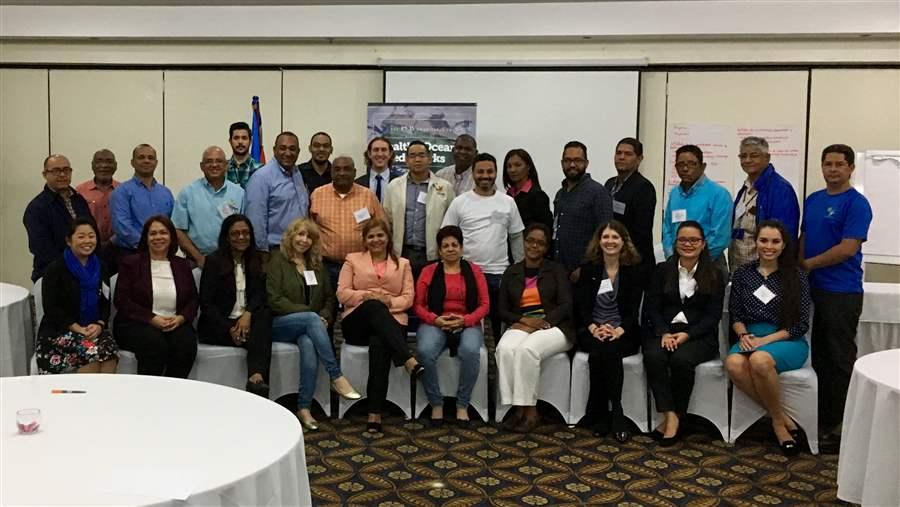
Dominican Republic played host to a national workshop, where they announced a ban on commercial fishing, sale and trade of sharks in their national waters.
© The Pew Charitable TrustsWith proper tools to implement a shark sanctuary, the Dominican Republic can meet its CITES obligations and play an essential role in reducing shark mortality in the region. Coupled with global CITES implementation programs, these conservation initiatives may give sharks a fighting chance at survival.
Jen Sawada directs The Pew Charitable Trusts’ global shark conservation program.


America’s Overdose Crisis
Sign up for our five-email course explaining the overdose crisis in America, the state of treatment access, and ways to improve care
Sign up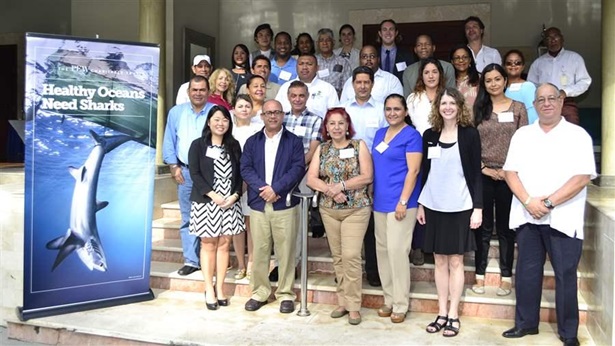
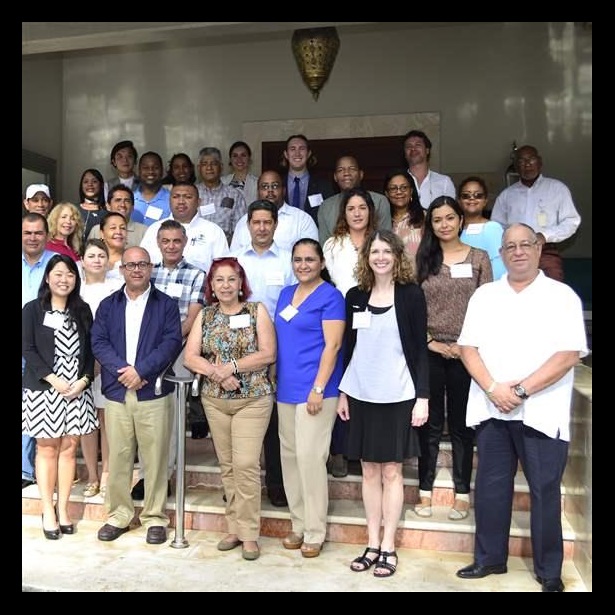
New Shark Sanctuary in Dominican Republic to Implement CITES Obligations
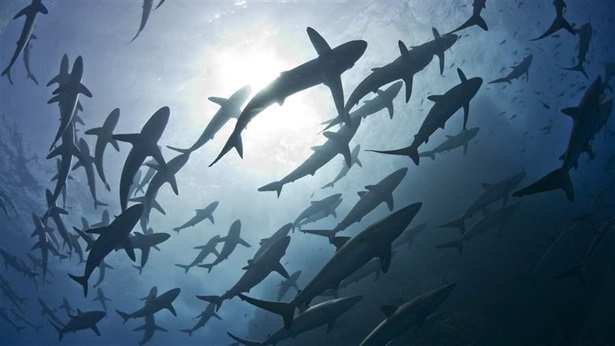
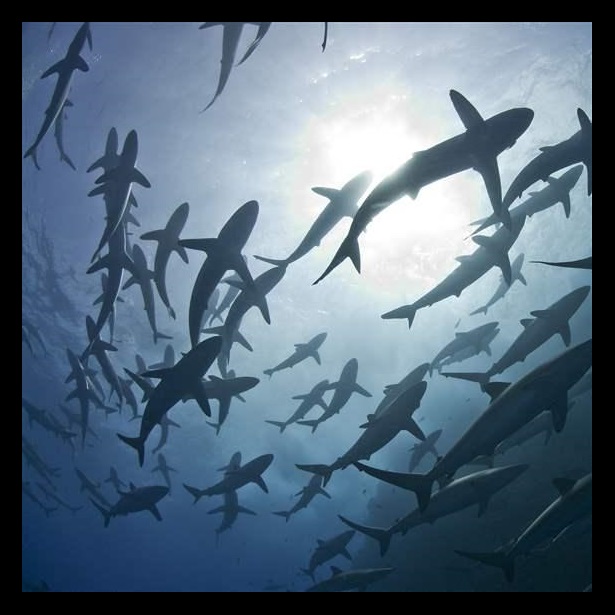
Protecting Sharks, Enforcing CITES
A global effort
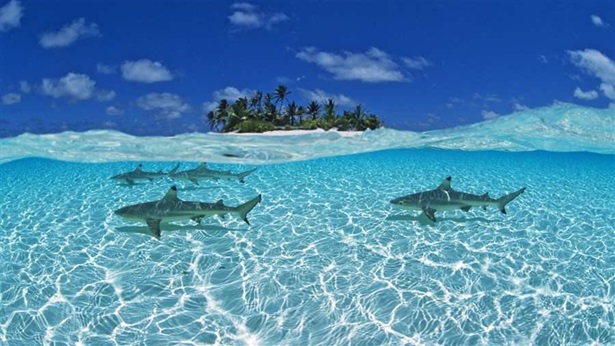
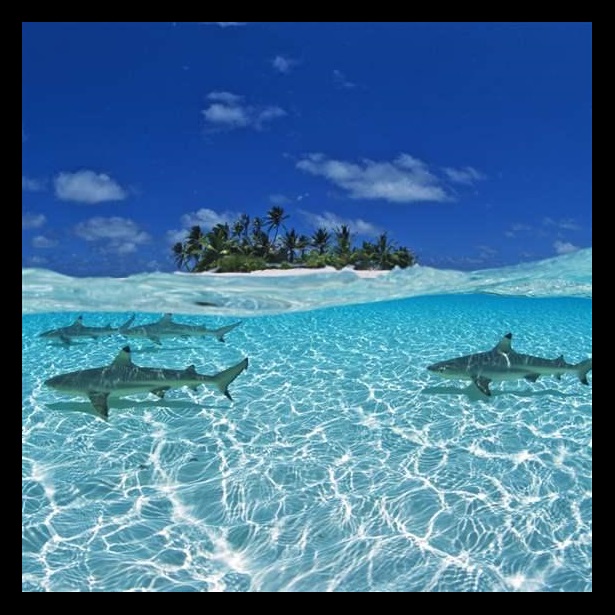
Shark Sanctuaries Around the World
Protecting shark populations
